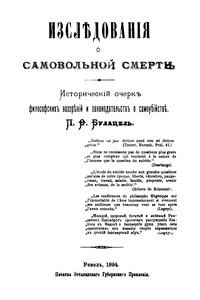В пучине бренного мира. Японское искусство и его коллекционер Сергей Китаев - [73]
The assumption that this Shunchо̄ print went from Kitaev to another private collector before 1916 could provide an answer to another serious question: why the condition of many prints that came from Kitaev to the Pushkin is so poor, sometimes just horrible – with faded colors, darkened, soiled and wrinkled paper and torn edges. Kitaev himself wrote about the excellent condition of his prints. The good state of the Shunchо̄ print (only two little foxings, but clean paper overall and unfaded colors) tells us that it enjoyed proper individual care and was not buried for many years in boxes in damp cellars; nor was it subjected to sun-drying after some catastrophic winter during the period of military communism (1918–21) or other post-revolutionary cataclysms in the old building of the Rumyantsev Museum. The 1924 Pushkin accession receipt (Rus. Priyomnaya Opis) of the Kitaev Collection contains notes like this: “# 7/5630. Albums with prints and drawings. The presence of worms is detected; several albums are ruined.”
The same accession ledger (entries 5624–5638 constitute the whole of the Kitaev Collection) summarizes the collection in the following numbers:
Drawings on rollers 329
Albums with prints and drawings 555
Bundles with series 53
Books with covers 40
Screens (large) 5
Prints and drawings in total 22,748
Albums with photographs – transferred to the library.
Unknown registrars may have included all the pages in woodblock-printed books in the category “prints and drawings.” This huge number of almost twenty- three thousand prints and drawings may have given some justification for the Pushkin to claim that its collection of Japanese prints is the biggest in Europe. Strangely enough, this claim is attributed to the venerated scholar Roger Keyes by the Pushkin curator Beata Voronova: “According to the American specialist Roger Keyes, who viewed the museum’s collection in 1986, this is the largest collection of Japanese art in Europe[249].” Voronova reiterated this comment in her introduction to the 2008 Pushkin Catalogue. While I was editing the catalogue for publication, I was puzzled by her remark, and contacted Keyes for clarification. He asked me to remove the statement from the text[250].
There is one more piece of documentary evidence of the early dispersal of the Kitaev Collection after its nationalization. In 2007, in the Pushkin archives, I found a file documenting the loan of some Japanese prints to another institution. On May 20, 1924, thirty-four Japanese prints were given by the Department of Fine Arts of the Rumyantsev Museum to the director of the Ars Asiatica Museum, Fedor V. Gogel, for a temporary exhibition that was to open on the 25th of that month[251]. Nearly four years later, on December 6, 1927, Anna Aristova, a senior assistant curator of the Print Department of the Pushkin (note that in 1924 the Kitaev Collection and other objects had been transferred to the Pushkin due to the closure of the Rumyantsev) reported to the curator of the Print Department, Alevey A. Sidorov, that those prints had not been returned[252]. There is no evidence that these works by Hokusai, Utamaro, Utagawa Hiroshige (1797–1858), Kikugawa Eizan (1787–1867) and Keisai Eisen (1790–1848) were ever returned. This sort of loan or transfer was probably not an isolated incident[253]. Moreover, there is indirect evidence that shortly after the transfer of the Kitaev Collection to the Museum of Fine Arts (later Pushkin), parts of it may have been sold. Netsuke and ivory carvings donated to the museum from the famous Mosolov Collection were found in a local antique shop in 1925[254].
When, how and by whose ill-will a sale might have been perpetrated is hard to say. The Pushkin authorities are reluctant to discuss these matters and are quick to cover up anything that might provoke difficult questions. In one telling example, when I received the printed catalogue I noticed some minor mistakes in the text of Kitaev’s letters that were made while transcribing them. (Kitaev’s handwriting and his obsolete pre-revolutionary orthography are difficult to decipher.) I first came upon these errors while editing the catalogue proofs. I marked them for correction. A year later, sitting in front of the newly printed luxury book, I found all these mistakes retained intact. I began to read carefully and found that Kitaev’s boast to Pavlinov in his letter of August 20, 1916 that his was the “most rare excellent first printing” of Hokusai’s
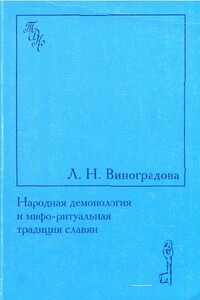
Книга посвящена «низшей» мифологии славян, т. е. народным поверьям о персонажах нечистой силы — русалках, ведьмах, домовых, о духе-любовнике и духах-прорицателях и т. п. Затрагиваются проблемы, связанные с трудностями идентификации демонологических персонажей и с разработкой методов сравнительного изучения демонологии разных славянских народов. При исследовании этого важнейшего фрагмента народной культуры главным для автора остается факт включенности мифологических персонажей во все сферы бытовой и обрядовой жизни традиционного общества.
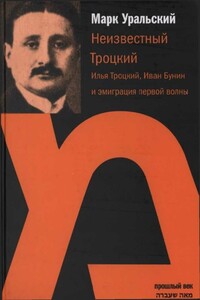
Марк Уральский — автор большого числа научно-публицистических работ и документальной прозы. Его новая книга посвящена истории жизни и литературно-общественной деятельности Ильи Марковича Троцкого (1879, Ромны — 1969, Нью-Йорк) — журналиста-«русскословца», затем эмигранта, активного деятеля ОРТ, чья личность в силу «политической неблагозвучности» фамилии долгое время оставалась в тени забвения. Между тем он является инициатором кампании за присуждение Ивану Бунину Нобелевской премии по литературе, автором многочисленных статей, представляющих сегодня ценнейшее собрание документов по истории Серебряного века и русской эмиграции «первой волны».
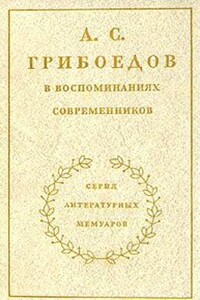
В сборник вошли наиболее значительные и достоверные воспоминания о великом русском писателе А. С. Грибоедове: С. Бегичева, П. Вяземского, А. Бестужева, В. Кюхельбекера, П. Каратыгина, рассказы друзей Грибоедова, собранные Д. Смирновым, и др.
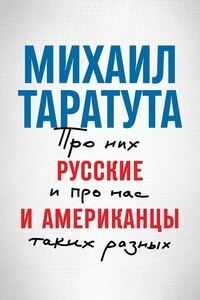
Эта книга о том, что делает нас русскими, а американцев – американцами. Чем мы отличаемся друг от друга в восприятии мира и себя? Как думаем и как реагируем на происходящее? И что сделало нас такими, какие мы есть? Известный журналист-международник Михаил Таратута провел в США 12 лет. Его программа «Америка с Михаилом Таратутой» во многом открывала нам эту страну. В книге автор показывает, как несходство исторических путей и культурных кодов русских и американцев определяет различия в быту, карьере, подходах к бизнесу и политике.
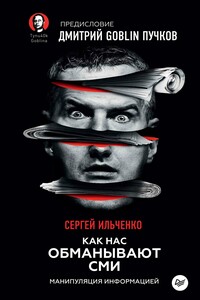
Ни для кого не секрет, что современные СМИ оказывают значительное влияние на политическую, экономическую, социальную и культурную жизнь общества. Но можем ли мы безоговорочно им доверять в эпоху постправды и фейковых новостей?Сергей Ильченко — доцент кафедры телерадиожурналистики СПбГУ, автор и ведущий многочисленных теле- и радиопрограмм — настойчиво и последовательно борется с фейковой журналистикой. Автор ярко, конкретно и подробно описывает работу российских и зарубежных СМИ, раскрывает приемы, при помощи которых нас вводят в заблуждение и навязывают «правильный» взгляд на современные события и на исторические факты.Помимо того что вы познакомитесь с основными приемами манипуляции, пропаганды и рекламы, научитесь отличать праву от вымысла, вы узнаете, как вводят в заблуждение читателей, телезрителей и даже радиослушателей.
